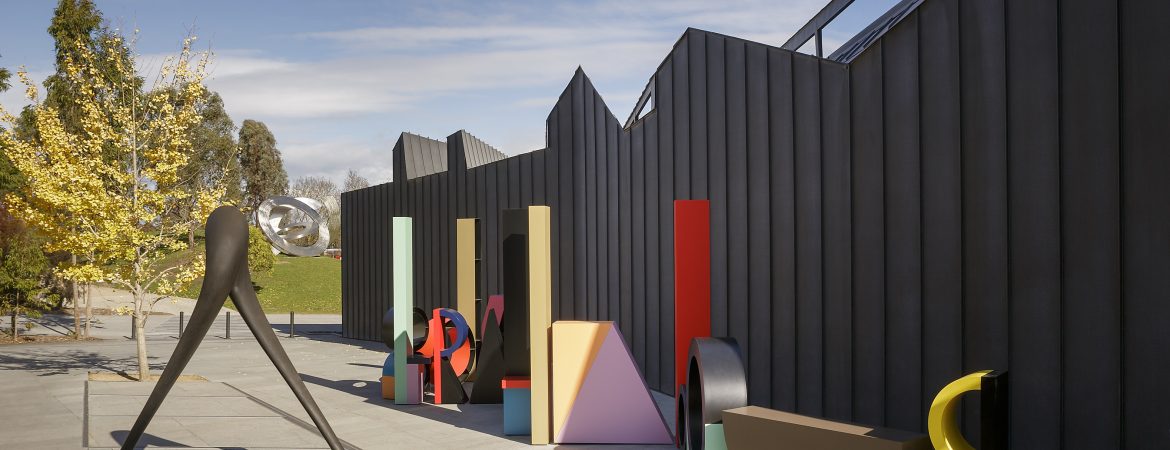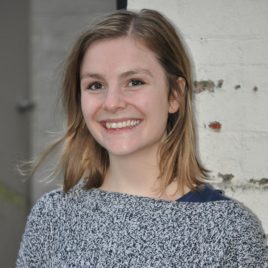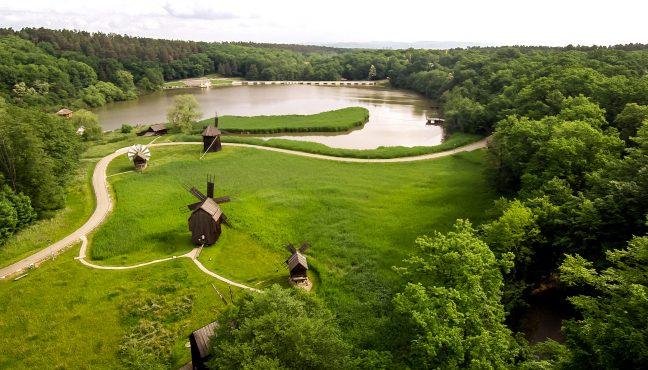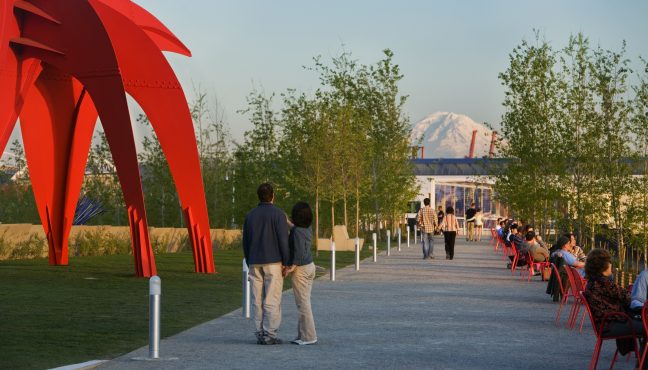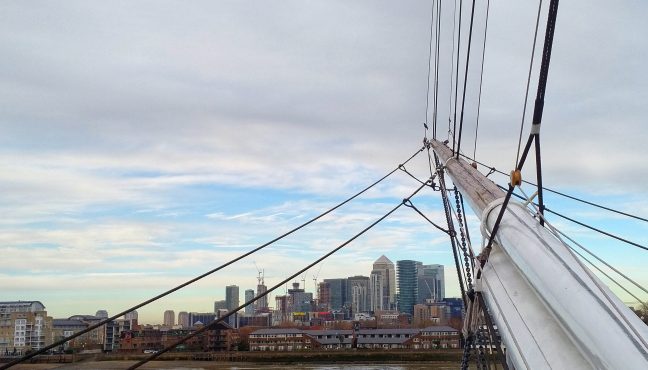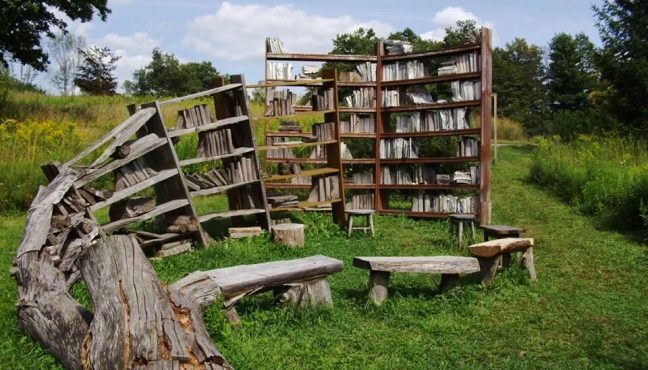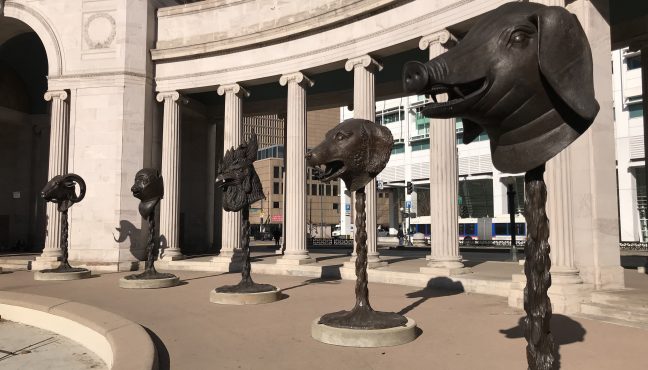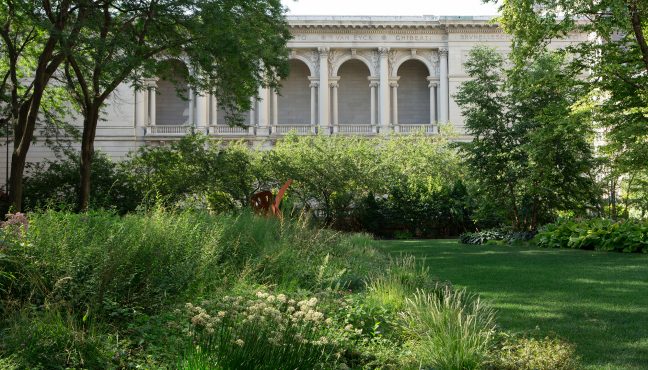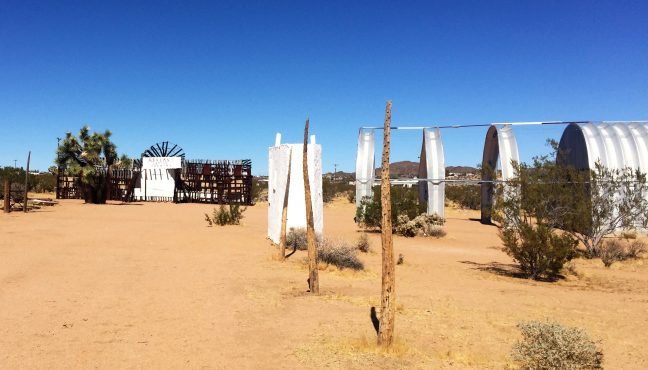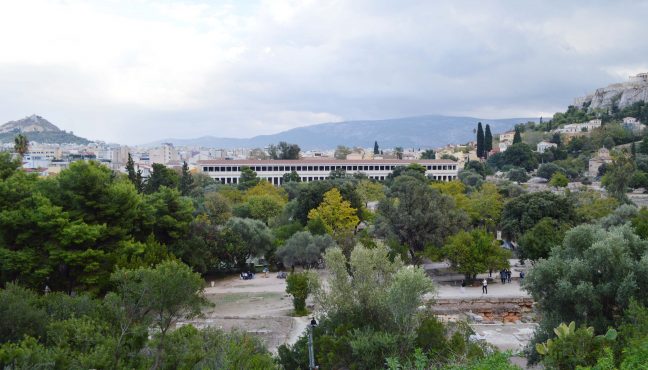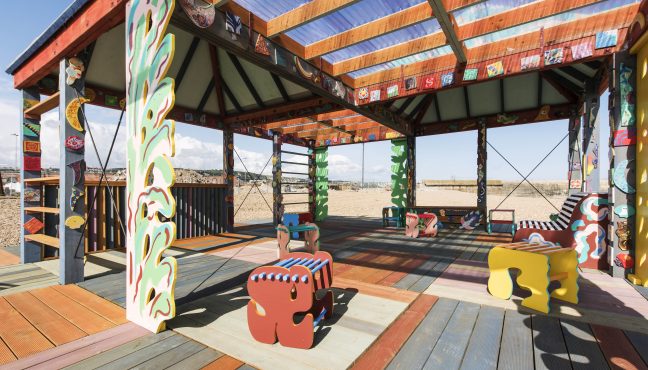The Heide Gardens and Sculpture Park is a 15 acre site in Heidelberg, Melbourne. It sits between the banks of the Yarra River and Templestowe Road, encompassing woods and parkland – across its lawns are sculptures by international and Australian artists, and at its heart is the Heide Museum of Modern Art, once the home and art collection of John and Sunday Reed.

The Reeds came to Heidelberg in 1934; Sunday from Paris and an earlier failed marriage, and John, from the law firms in Melbourne’s west end. They were privileged and wealthy, both descending from politicians, graziers and early colonial elite. But together they dreamed of self-sufficiency and life on the land. They bought the property at Heidelberg – an old dairy farm, trodden and worn – and began repainting. To each other and to friends they called their new home ‘Heide.’
From Heide, the Reeds embarked on a lifetime of patronage, inviting artists, writers and poets to their kitchen table and open fire. As this circle grew, so did their art collection, and in 1963 they built Heide II: a token to modern architecture; a new home, beyond the row of Osage Oranges at the foot of the farmhouse; and a gallery in which to house their art. In 1981, the Reeds sold both houses and the collection to the State of Victoria and the Museum of Modern Art was formed. Today, Heide I and Heide II are hung with permanent and temporary exhibitions.

It was in the garden, however, where Sunday and John’s heart truly lay. From the orchards to the forests, they passionately and creatively cultivated the land, sourcing plants and seeds from around the world (sometimes smuggled between the pages of a book). With their visiting friends, they planted alders, birches, buttercups, and wallflowers – and it was among these fields that many found inspiration, seclusion and love. As such, the garden at Heide emerges as a motif throughout Melbourne’s modern art period – Sydney Nolan’s roses, for example, or Albert Tucker’s parrots.

Today, the sculpture park includes works by Jeff Thomson, Simry Gill, and Inge King, but the presence of Sunday and John remain. Vines crawl along walls of Heide II, and, around the farmhouse orchard, bushes of lavender stand in a row.
Dugald Noyes is Head Gardener and Caretaker at Heide. He came to the museum from the National Trust, and has instigated a program of sustainability, conservation and care.
What are your key roles as Head Gardener at Heide? Your daily tasks/routines?
The management of all horticultural interests of the Museum, from the trees right down to the turf. This includes advising on possible redevelopment projects, assisting with the installation of outdoor sculptures and presenting garden related Public Programs. Of course there are seasonal and annual garden routines, but the most important are the weekly ones, which generally revolve around events happening here. Walking and talking, for the purpose of issuing instructions, is a daily routine.

What are the most significant trees and/or plants in the garden?
The most significant tree would easily be Yingabeal, the Scarred Five Songlines Marker Tree, which is a 500 year old River Red Gum. John and Sunday’s ashes are scattered underneath it. One of John’s Osage Orange groves is on the National Trust Register of Significant Trees, for their rarity in cultivation and for the fact that Heide II was designed around it. There is also a lovely mature Dawn Redwood down by the river, which was apparently the only one in Melbourne at the time that John planted it. Sunday was a real rose enthusiast and her collection is significant, spanning twenty-five classes of rose and certainly has some rare specimens in it.

Is gardening at Heide primarily about heritage conservation or contemporary interpretation? Are there ever challenges between the two?
Heide’s gardens do enjoy heritage listing. Whilst they are not yet officially ‘antique’, being only eighty-four years old in terms of the Reed era, they are still guided by heritage conservation principles. But there is some room for contemporary interpretation, such as around gallery and other facility redevelopments.
Are there any parts of the garden where the sculpture and plants work in unison? (e.g. direct relationship between)
Heide has two artist gardens; Karakarook’s Garden 2005-06 by Lauren Berkowitz and A native rockery garden 2009 by Fiona Hall. The former is indigenous plantings and the latter, native. They are considered ‘living sculptures’ and are part of the Heide Collection.

What was Sunday and John’s favourite part of the garden?
For Sunday it was undoubtedly whichever kitchen garden was in use at the time, there were three separate kitchen gardens at various stages. They were Sunday’s daily labour of love and they ate from it every day. I believe the whole property was John’s oyster. He was always planting trees of some sort all over the place.
What is your favourite part?
It can change with whatever I’m working on at the time or the season. The Wild Wood has an ethereal beauty in late autumn, but ultimately I would have to say the Indigenous Remnant Conservation Zone. Just for its pre-European purity.
Is the Sculpture Park still collecting/commissioning? What are the plans for the future?
Yes, Heide continues to seek additional sculptures for the Sculpture Park, in an effort to keep it fresh. It is an evolving collection.
